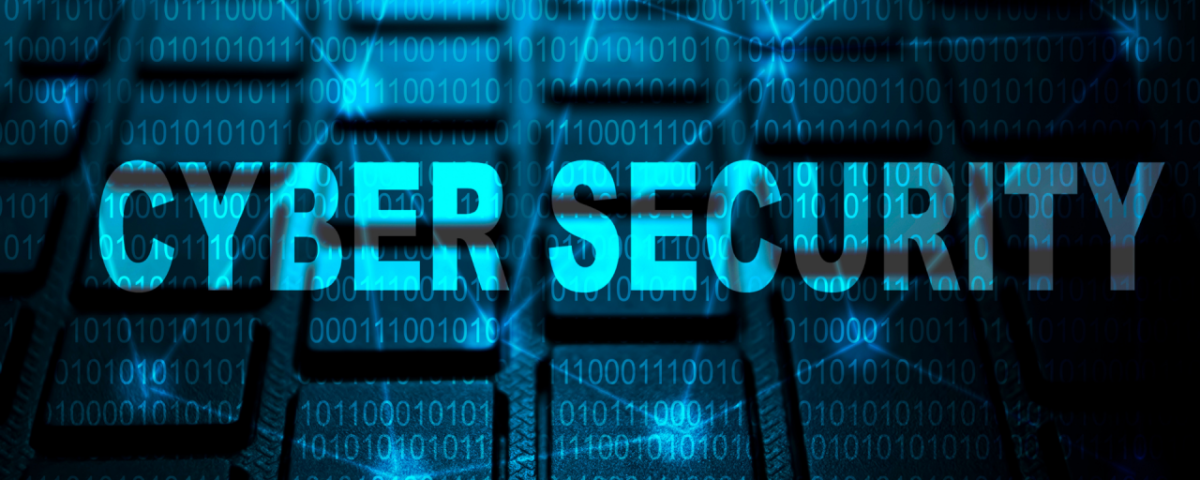
A Canadian Arrested for Snowflake Customer Breach
November 19, 2024
Employee Data Stolen in Hacker Attack on Maxar
December 3, 2024In an increasingly digital world, protecting sensitive information has become critical for businesses, governments, and individuals. Cybersecurity encompasses practices and technologies aimed at defending networks, systems, and data from cyber threats. Understanding its key elements is essential to building a robust security framework. Below, we explore the fundamental components of cybersecurity.

1. Risk Assessment and Management
A cornerstone of effective cybersecurity is identifying potential vulnerabilities and assessing risks. This process involves evaluating the likelihood and impact of various cyber threats, such as malware, phishing, or ransomware attacks.
- Why It Matters: Without understanding the risks, organizations cannot prioritize their defenses effectively.
- Key Practices: Conduct regular risk assessments, develop a risk management plan, and implement controls to mitigate identified vulnerabilities.
2. Network Security
Network security involves protecting the integrity, confidentiality, and availability of a network and its data. It includes measures to prevent unauthorized access and ensure only legitimate users can interact with the network.
- Key Tools: Firewalls, intrusion detection systems (IDS), and virtual private networks (VPNs).
- Best Practices: Segment your network, monitor traffic for anomalies, and update software regularly to fix vulnerabilities.
3. Endpoint Security
Endpoints, such as laptops, smartphones, and IoT devices, are common targets for cybercriminals. Endpoint security focuses on safeguarding these devices from malware and other threats.
- Why It Matters: Unprotected endpoints can serve as entry points for attackers to infiltrate a network.
- Solutions: Install antivirus software, use endpoint detection and response (EDR) tools, and enforce strict access controls.
4. Data Security
Data security ensures sensitive information is protected from unauthorized access or corruption. This involves implementing safeguards for data storage, transmission, and processing.
- Key Techniques:
- Encryption: Converts data into unreadable formats without the correct decryption key.
- Data Masking: Hides original data with modified content.
- Backups: Regularly back up data to recover in case of breaches or accidental deletion.
5. Identity and Access Management (IAM)
IAM systems control user access to resources and ensure that only authorized personnel can access sensitive data or systems.
- Core Components:
- Multi-factor authentication (MFA) to add layers of security.
- Role-based access control (RBAC) to grant permissions based on user roles.
- Single sign-on (SSO) for streamlined, secure access to multiple systems.
6. Incident Response and Recovery
No system is entirely immune to breaches. Incident response focuses on detecting, responding to, and recovering from cyberattacks.
- Key Steps:
- Detect the breach using monitoring tools.
- Contain the attack to prevent further damage.
- Eradicate threats by removing malicious files or closing vulnerabilities.
- Recover by restoring affected systems and data.
Establish an incident response plan (IRP) to minimize downtime and financial losses during a cyber event.
7. Security Awareness Training
Human error remains a significant cause of cybersecurity breaches. Training employees on recognizing and avoiding cyber threats is essential.
- Topics to Cover:
- Recognizing phishing attempts.
- Using strong passwords.
- Safe browsing practices.
- Reporting suspicious activities.
Regularly updating training programs helps employees stay ahead of evolving threats.
8. Application Security
Applications often serve as entry points for attackers, especially when vulnerabilities exist in code or configuration. Application security involves measures to prevent unauthorized access or tampering.
- Methods:
- Conduct regular security testing, such as penetration testing.
- Use secure coding practices.
- Employ application firewalls to block malicious traffic.
9. Cloud Security
With the rise of cloud computing, securing cloud environments has become increasingly vital. Cloud security focuses on protecting data and applications hosted on cloud platforms.
- Best Practices:
- Enable encryption for data at rest and in transit.
- Use access controls and MFA for cloud accounts.
- Regularly audit and monitor cloud configurations.
10. Compliance with Regulations
Adhering to industry standards and legal requirements is crucial for organizations to avoid penalties and maintain trust.
- Common Standards:
- General Data Protection Regulation (GDPR).
- Health Insurance Portability and Accountability Act (HIPAA).
- Payment Card Industry Data Security Standard (PCI DSS).
Compliance ensures that businesses follow best practices in safeguarding data and protecting privacy.
Cybersecurity is a dynamic field requiring continuous adaptation to emerging threats. By understanding and implementing these key elements, organizations and individuals can significantly enhance their defense against cyberattacks. Prioritize cybersecurity not just as a technical necessity but as a critical investment in safeguarding your digital future.





